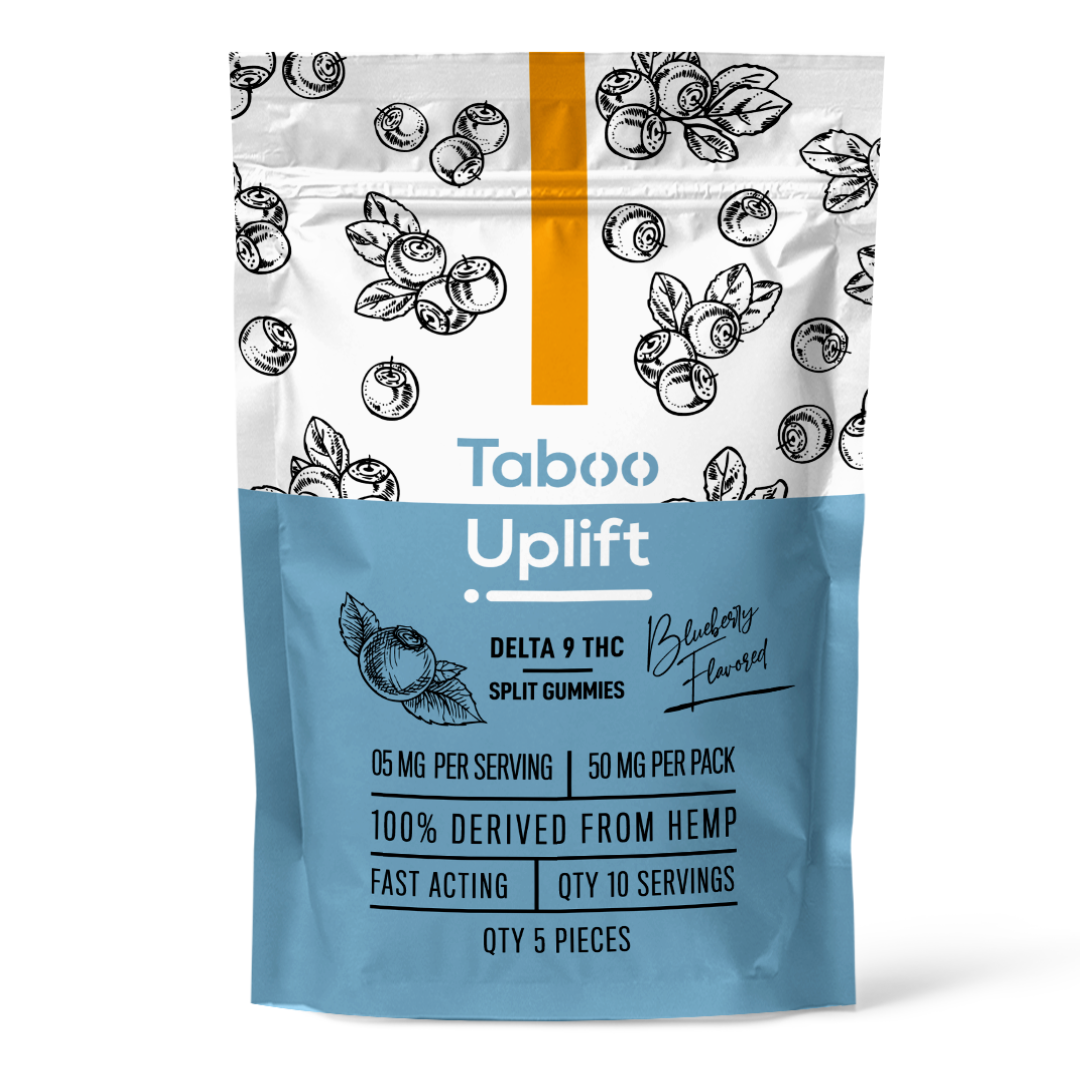As temperatures soar during the hottest summer on record, architects and builders look to hemp to provide cleaner, less carbon-intensive building materials.

Hemp could be the key to combatting climate change and saving the planet from an onslaught of potential weather catastrophes. At least that's what many scientists, architects and builders say about one of hemp's lesser-known byproducts - hempcrete.
In a series of recent articles on alternative building materials, the idea that hemp could provide a more eco-friendly solution to the problem facing many developers seeking "greener" construction options is gaining more and more traction.
Since hemp's legalization under the 2018 Farm Bill, much of the focus on the plant has centered on hemp-derived products like CBD and low-THC food and beverage items. However, one of the largely overlooked and underappreciated applications for hemp is as a construction material.
Before its ban under the Marijuana Act of 1937, hemp was used to craft rope, sails, clothing, paper, and other essential items, including as a building material. The main construction item produced from hemp, known as "hempcrete," is made by mixing hemp hurd, the inner woody core of the hemp plant's stalk, with an organic lime-based binder and water.
What makes hempcrete a potentially game-changing asset for the construction industry is the fact that it is an excellent insulating and carbon-sequestering material. As plants grow, they absorb carbon from the surrounding atmosphere, and due to its rapid growth rate, hemp can lock up more carbon per hectare than just about any other plant, including trees.
Additionally, hempcrete is highly durable (lasting hundreds of years) and extremely resistant to mold and moisture. However, hempcrete's ability to reduce future carbon emissions is the feature that genuinely excites homebuilders and developers. When harvested, mixed with lime and water, and put into a building, it locks up that carbon for the structure's lifetime.
Steve Allin, Director of the International Hemp Builders Association (IHBA), explains, "What's really important about this material is we can create new structures, or we can update or retrofit existing structures so that they don't need air conditioning."
"What's really important about this material is we can create new structures, or we can update or retrofit existing structures so that they don't need air conditioning."
- Steve Allin, International Hemp Building Association (IHBA) Director
Considering that the construction industry is responsible for over 39% of global energy-related carbon emissions, having hempcrete as a possible alternative solution to current building materials and methods could be crucial to addressing the out-of-control CO2 problems plaguing the planet.
Manufacturing cement, a key ingredient in concrete, creates massive amounts of air pollution. Fossil fuels heat limestone and clay in a kiln, releasing close to 600 kilograms of CO2 into the atmosphere for every ton of cement.
What makes the situation even worse is that concrete is created from nonrenewable sources like sand and gravel, which are mined faster than erosion can replenish. As a result, mining sand in marine and river areas leads to a dangerous frequency of flooding along with collapsed river beds and coastal erosion. Furthermore, disproportionate sand removal is associated with habitat loss and a decline in biodiversity.
Conversely, hemp is an entirely renewable resource. However, there are some limitations to using hempcrete in the overall construction process. First, it is a non-structural compound, meaning buildings still require a traditional foundation and frame.
Some of the other challenges facing the hemp-based construction industry include (Way of Leaf):
- Lack of Knowledge
- Limited Uses
- More Expensive than Concrete
- Availability
- Limited Square Footage of Living Space
Lack of knowledge and availability are the most challenging issues confronting potential builders.
Despite these obstacles, the future of hemp as a construction material is bright, and its potential is both economically and environmentally vital. And for those few individuals with the experience of living in a house built of hemp, the positives far outweigh the challenges.
As Pamela Bosch, a proud hemp house owner, shares, "When you're in it, it's really obvious that it's a better way to build. The acoustics are so much better. You can feel and hear the difference when you walk in the door."
"When you're in it, it's really obvious that it's a better way to build. The acoustics are so much better. You can feel and hear the difference when you walk in the door."
- Pamela Bosch, Hemp House Owner
Though much of the discourse and debate surrounding the hemp planet still focuses on its health and wellness properties, it is essential to remember that hemp was a cornerstone agricultural crop during the founding of America. Many of the Founding Fathers, like George Washington and Thomas Jefferson, cultivated hemp, and the first draft of "The Declaration of Independence" was written on paper made from hemp.
So, it is not surprising to hemp advocates and fans that the magical and versatile plant has once again defied the naysayers and critics to present itself as a viable solution to the climate change crisis. The only surprise is that it has taken this long to correct the errors of the past century and place hemp back in its rightful place as an indispensable organic super crop poised to blossom magnificently as this new century continues to unfold and mature.






































